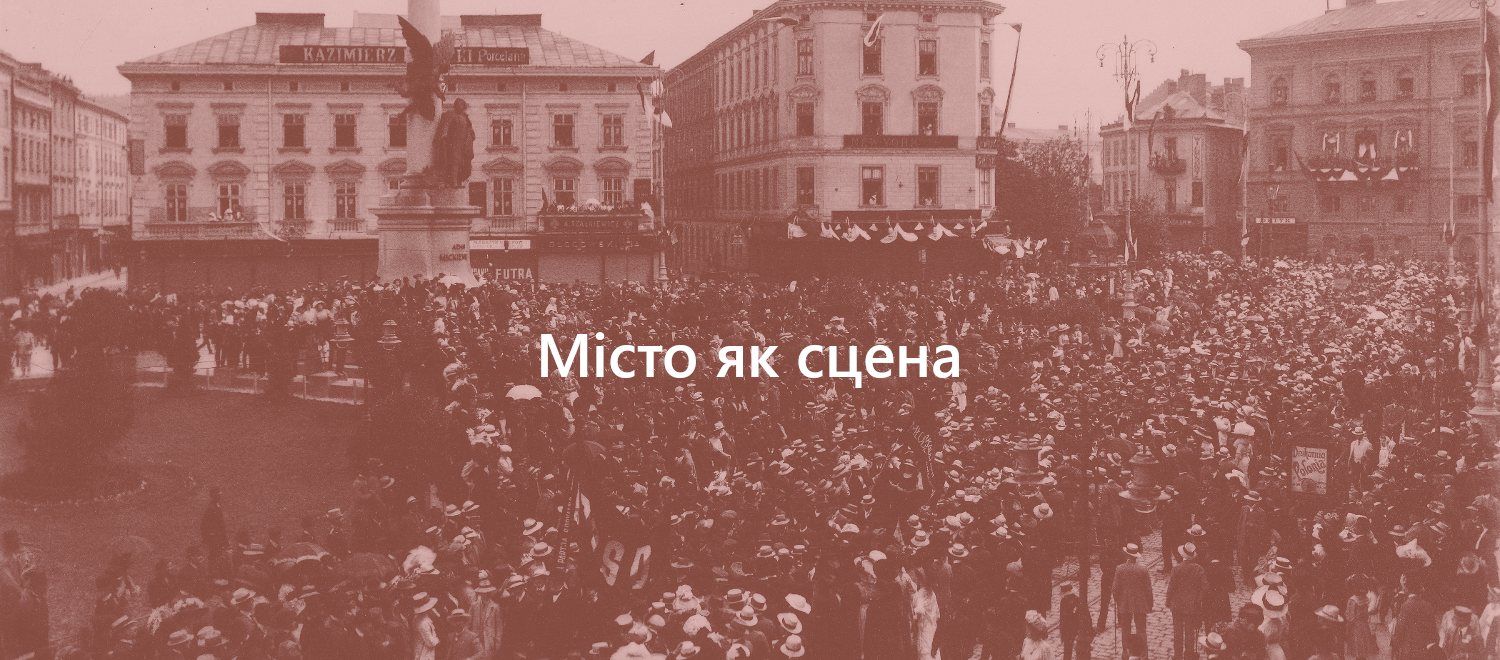

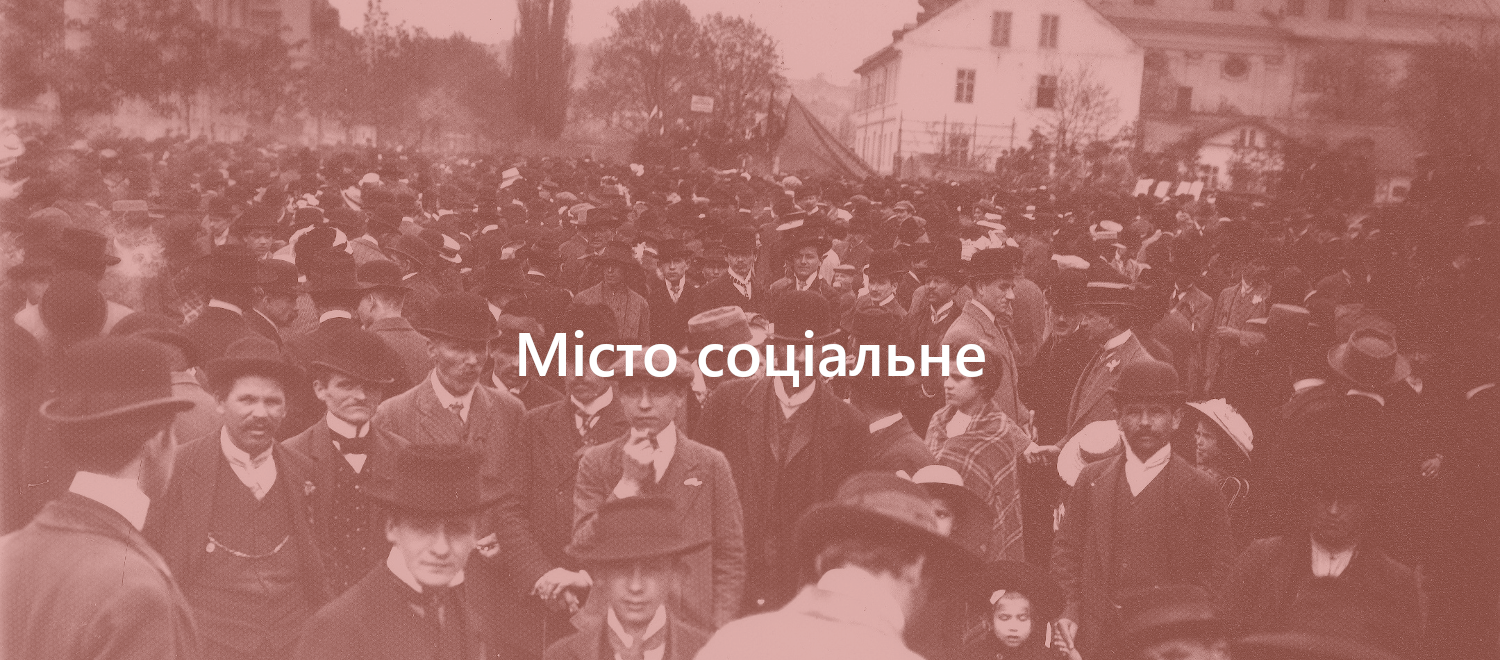
The social city
Emancipation processes allowed various national communities to "come onto the stage"; the government was now formed not only by aristocrats but also by representatives of bourgeoisie; in addition, manifestations of workers and women became frequent as both were becoming organized groups with their own subjectivity.
The Workers' Solidarity Day. May Day celebrations
Workers' Solidarity Day was celebrated in Lviv from 1890. Annual demonstrations became an element of public policy in the city. The Ukrainians, Poles and Jews of Lviv held them together or separately, national issues ultimately prevailing over social ones.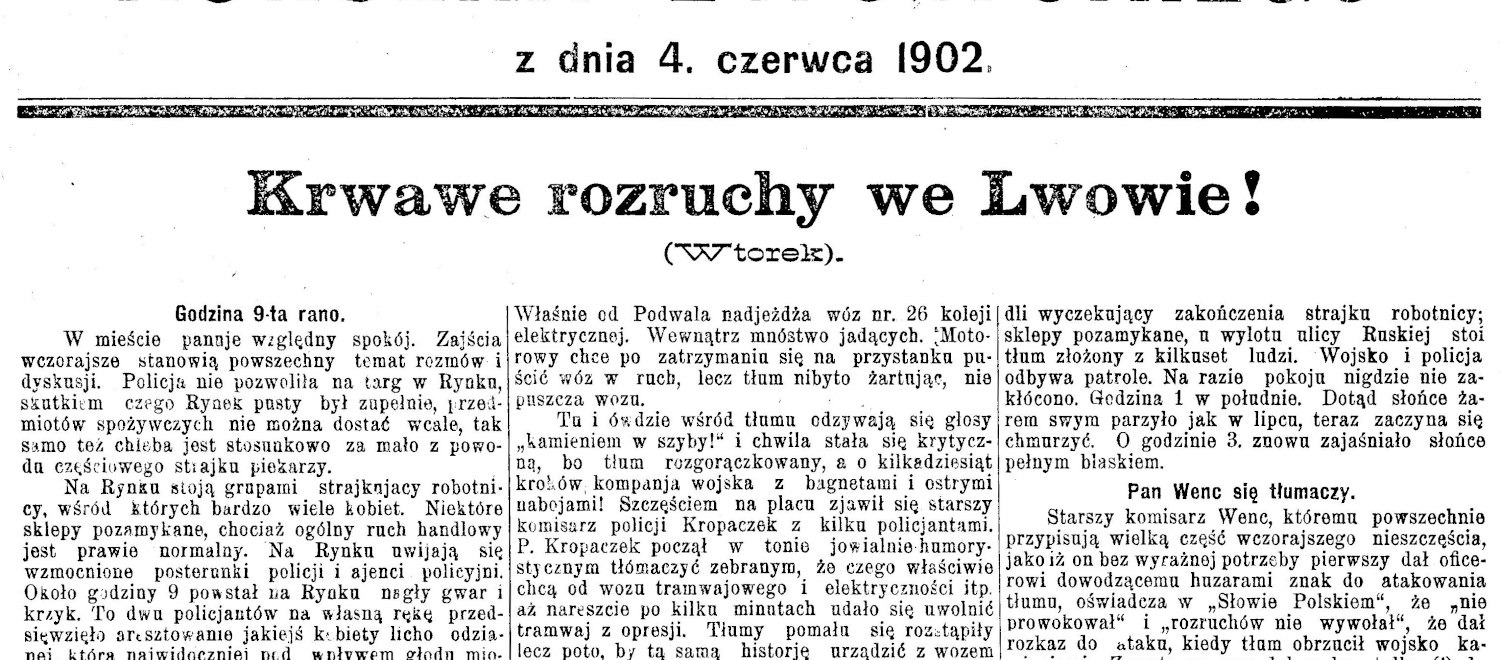
"Bloody riots", a strike of Lviv construction workers in 1902
The economic crisis, inflation, and unemployment caused strikes by builders, the largest group of workers in Lviv, for several years. In 1902, it came to bloody riots with barricades on the streets.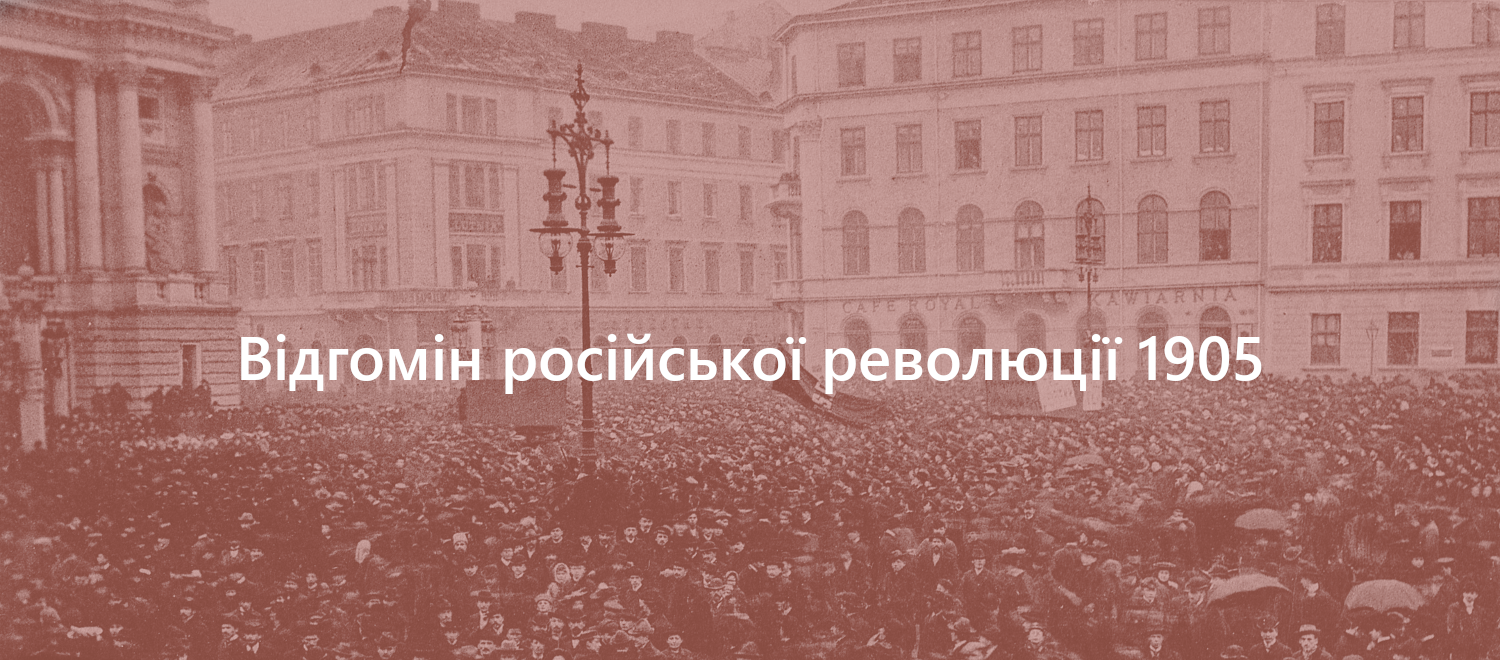
Echoes of the Russian Revolution of 1905 in Lviv
Though in the early 20th century Lviv was not an industrial center with a large number of workers, the Russian Revolution had a significant impact on life there. The events of 1905 were among the main outbursts of left-wing activity in the city.
An assembly "against Russian barbarism in Poland". Lviv, late January - early February 1905
In late January 1905, the Russian authorities suppressed workers' demonstrations in the cities of the Kingdom of Poland. After that, the Lviv Social Democrats organized a meeting of students and workers, which ended with a march through the city center and a devastation of the newspaper Słowo Polskie editorial office.
The strikes of May 1905 in Lviv
During strikes in May 1905, a trend emerged that manifested itself at its full potential during the construction workers' strike in July: an attempt to play the "patriotic card" in the confrontation between workers and employers. With this in view, the press, posters on the walls, and speeches during rallies or meetings were used.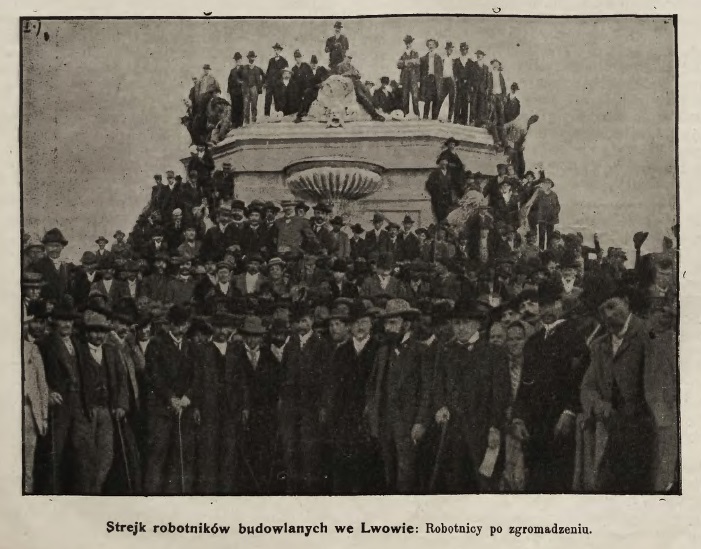
July 1905 in Lviv. The strike of construction workers
In July 1905, construction workers went on strike in Lviv. In contrast to the strikes that took place in May, in July everything was developing in a much more dramatic and organized way.